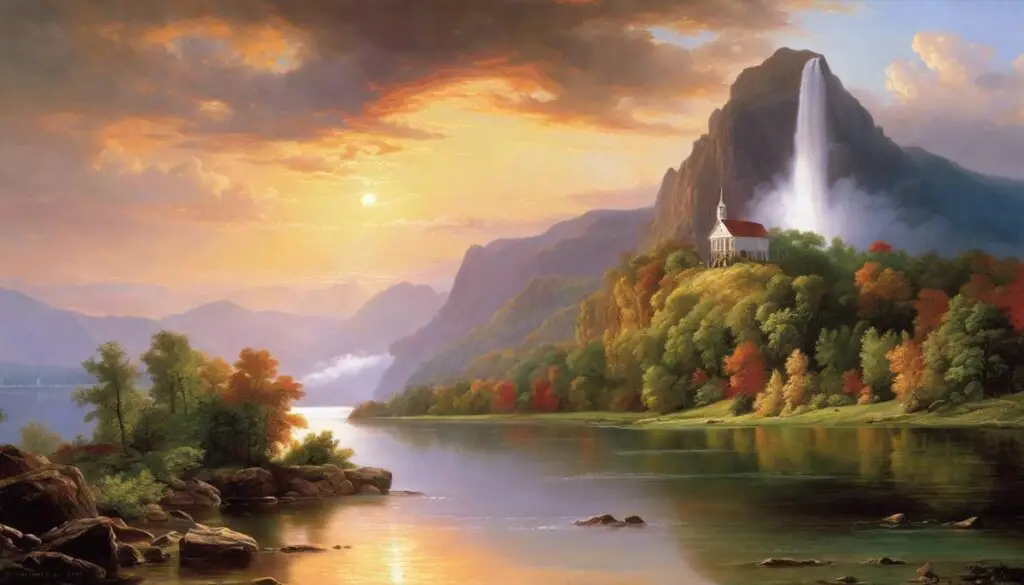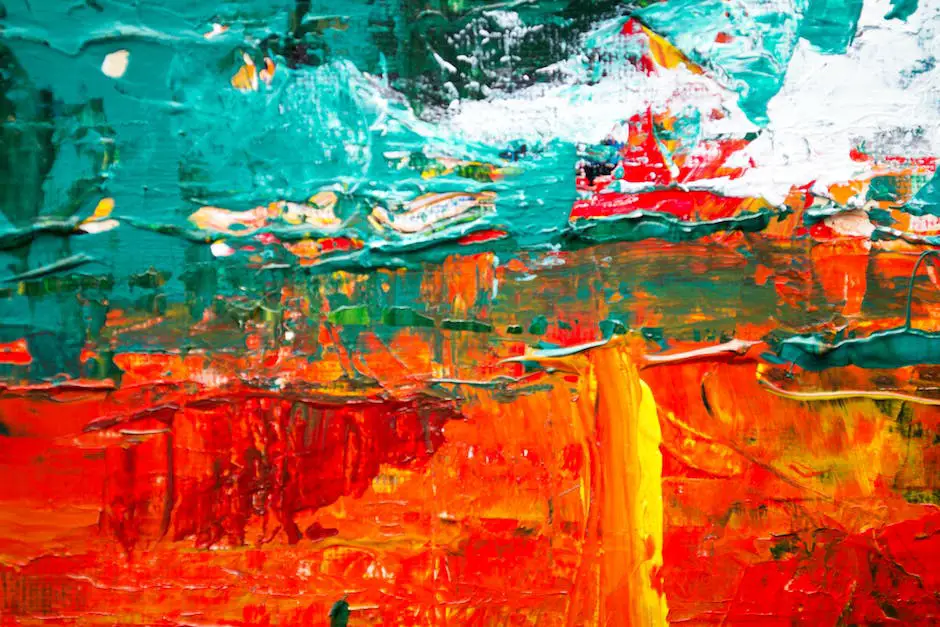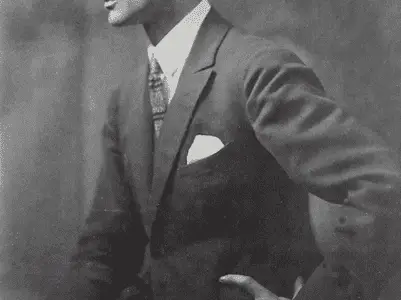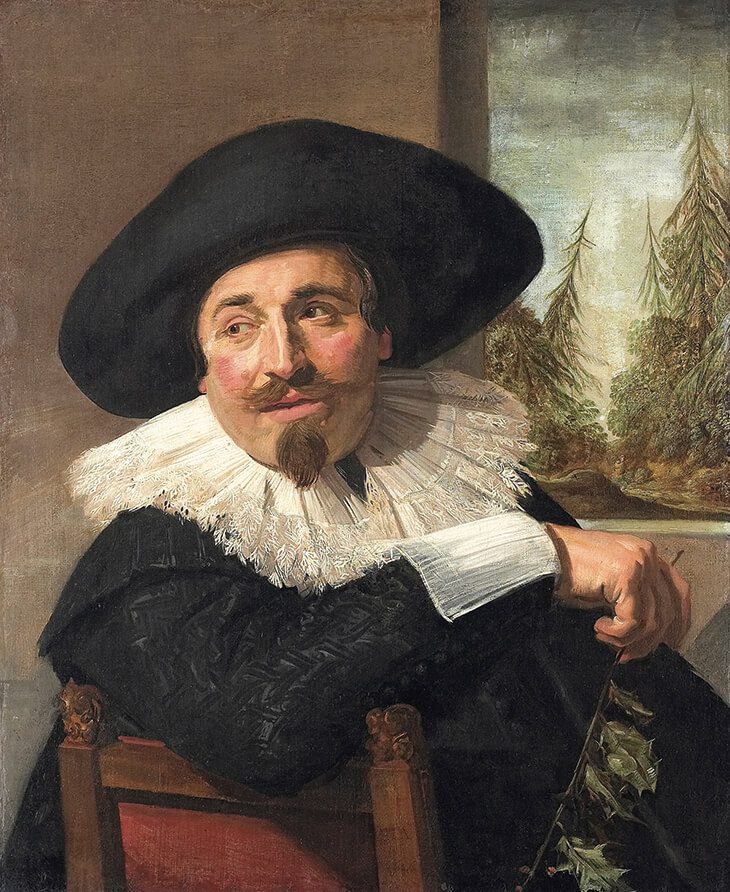Ethereal Realms of Frederic Edwin Church’s Masterpieces

Regarded as one of the central figures of the Hudson River School, Frederic Edwin Church remains a seminal influence on American landscape painting. The narrative of his life, shaped by early artistic passions and a drive towards ceaseless refinement, forms a compelling backdrop to the body of work he left behind. Born in 1826, he moved through the world with a keen eye for the splendour of nature and a profound understanding of the emotive potential of artistic imagery. Under the watchful guidance of his mentor, Thomas Cole, Church honed his capabilities, setting the foundations for a successful career that would see his name immortalised in the annals of American art. The precise blend of talent, education, and influence helped shape a unique style that not only captivated his contemporaries but continues to impress and inspire even today.
Brief overview of Frederic Church’s Life
Sweeping skies, lush landscapes, and imprints of remote locations – these are the hallmarks that characterise the works of esteemed artist Frederic Edwin Church. Galleries bursting with exquisite canvases reflect a resonance between the artist’s experiences and the works manifested on canvas. What were the personal experiences that influenced Church’s artistic expression? And, can we unravel elements from his life within these vivid scenes? This article seeks to answer these intriguing questions.
Peering into the early years of Church’s life, he was born in 1826 in Hartford, Connecticut. His prosperous upbringing allowed him to pursue an education within art, leading him to train under Thomas Cole, famed for his pertinence in the Hudson River School of landscape painting. Church’s work subsequently bore an uncanny resemblance to his mentor’s – their keen attentiveness to nature’s detail and a proclivity for dramatic panoramas etched their artworks with a shared aesthetic stamp.
However, Church wasn’t merely a reflection of his mentor. His affluent means facilitated extensive travel. He embarked on journeys to South America, the Arctic, the Middle East, and made a home in Hudson, New York. These experiences steeped his creative process in a wealth of colours, textures and atmospheres, which flooded onto his canvases. Remarkable pieces like ‘The Heart of the Andes’, ‘Aurora Borealis’ and ‘Jerusalem from the Mount of Olives’ encapsulate these influences, creating a visual journey through his personal endeavours.
Church’s personal life was not confined merely to his travels – it had a profound impact on his work. As he embraced the role of a family man, his paintings became imbued with more intimate scenery. These included tranquil homesteads nestled amidst soft sunlight and verdant landscapes, a testament to the peace and comfort he found in familial life.
Health too played a vital role in shaping Church’s creations. He was plagued by rheumatoid arthritis in his later years, and yet, his undying passion for art triumphed adversity. His brushwork altered but didn’t falter in quality. Striking works as ‘Parthenon’ exhibited a skilful adaptation to his changing physical capability, embracing a more impressionistic style.
Frederic Edwin Church’s personal life was undeniably intertwined with his artistry. His privileged background, globetrotting experiences, cherished roles within family and adjustments due to arthritis, all contributed to shaping his artistic trajectory. Unravelling these influences within his dynamic landscapes is akin to piecing together a painter’s profound connection to his canvas. To delve into Church’s repertoire of work is to step into a world shaped by the colours of his life – a mesmerizing journey of triumph, loss, exploration and love, all expressed within captivating landscapes. Thus, one may surmise that the allure in Church’s work lies not just within his refined elements of design but in the resonance of his personal life within each stroke.

Artistic style and techniques of Frederic Church
Percolating Creativity with Frederic Edwin Church
Frederic Edwin Church, best known for his meticulous, atmospheric paintings of wild natural scenes, found inspiration in the most intricate details of the world around him. His work’s sublime quality is comprised of a mosaic of techniques that he effortlessly incorporated into every masterpiece he created.
Transcending the boundaries of the canvas, Church brought his viewers on a visual journey, tying every viewer’s senses into a kaleidoscope of sight and emotion. He vigorously and tenderly strung the tapestry of scene, lighting, detail, colour, and depth together, weaving a symphony of visual euphoria for his enthralled viewers. This modus operandi became Church’s signature hallmark.
Church used the transformative power of natural light to his advantage. He painted compelling landscapes that seized the dramatic interplay of light and shadow, resulting in scenes that echoed tranquillity and serenity. By adjusting innuendos of light on landscapes from luminescent dawns to luminous twilights, Church inserted the fluid dynamics of time into his static canvas. These drastic variations of light through the day reflected transient moments, making his works riveting for art enthusiasts and impermanence philosophers alike.
Detailing was another crucial element of Church’s approach, building almost an obsessive bond with it, never faltering in his effort to recreate nature in its truest form. This distinguished precision surged from his tutelage under Thomas Cole, skilfully moulding every minute aspect of his scenes, transforming even rocks, leaves, and skies into separate works of art within the larger masterpiece.
Talk about depth, and Church’s works can be hailed as one of its finest embodiments. He nurtured the technique of creating aisles leading your sight into the distant background, sparking an illusion of depth. This created a sense of expansion making every masterpiece a window into an alternate realm for the viewer.
Church embraced a palette which sings of vibrancy and vigour – regaling viewers with hues that are astoundingly resplendent yet intrinsically authentic. His potent strokes of colour were no less than a joyous visual sonnet that harmoniously communicated Church’s profound connection with his scenes resulting in paintings that were both emotionally evocative and visually stunning.
Every characteristic element in his renditions – lighting, detail, depth, and colour palette – worked in synchrony to capture the poignant moments one experiences amidst the grand theatre of nature. The subsequent warmth and vibrance that embody his works intriguingly mirror Church’s own life journey, his health struggles, personal experiences, and his relentless pursuit of arresting beauty in nature’s spectacles.
As our journey inside the genius mind of Frederic Edwin Church ends, do remember: every perceptive gaze at his paintings unfolds a fresh curve in his expressive tapestry – there lies an invitation to connect, reflect, and celebrate the passion of an artist who drew his power from life and nature, telling us that beauty truly lies in the visionary eyes of the beholder. Join us again next time as we dive into the world of another marvellous artist and their captivating techniques and style.

Analysis of prominent artworks by Frederic Church
Expertly Applying an Arcane Skill Set: Frederic Edwin Church’s Undeniably Distinctive Craftsmanship
One can find Frederic Edwin Church’s signature style audaciously etched throughout his eclectic portfolio. A canvas filled with finely detailed representations of the natural world often emerges from his paintings, showcasing the exciting world that intrigued his curious soul. His careful attention to detail lends each piece an electrifying authenticity, preparing viewers for an unparalleled journey of exploration.
Church’s seemingly natural affinity for the intricacies of lighting displayed in his work, sets him apart from his contemporaries. His masterful application of light and shadow gives each of his creations a dramatic flair seemingly plucked directly from the depths of human emotion. These theatrical presentations awake our senses, allowing viewers to fully immerse themselves in the dreamlike charm of an unexpected diversion from reality.
Often, Church’s paintings reflect an ingeniously manipulated depth-of-field, luring us in with the illusion of a three-dimensional world unfolding on a two-dimensional canvas. This illusion of depth was more than just creative whimsy; it was a strategic deployment of his artistic weaponry. Amusingly, the meticulous precision used to control the lighting, positioning, and scale of elements across his canvas often borders on the arcane.
One utterly captivating feature of Church’s work is his vibrant colour palette. His colours feel real, vibrant and saturated with significance. Under Church’s brush, cerulean blues, fiery oranges, passionate reds, and verdant greens seem to breathe vitality into the canvas. This chromatic selection isn’t just for visual pleasure. No, each hue tells a story—Church’s story, filled with an intoxicating mix of anticipation, satisfaction, resignation, and sometimes, sheer defiance.
Moreover, Church’s works present an inherently personal narrative. The painted scenes serve to pay homage to his diverse experiences and deeply committed relationships. The enchanting connection between the subject matter and Church’s own life enables his audience to forge their lived experiences with his, creating a bond woven tightly with the threads of shared sentiment and mutual understanding.
A peek into Church’s paintings offers more than just a visual feast. It invites you into an immersive experience—and an opportunity to connect with the depths of a masterful soul. The fluid brush strokes, the meticulously painted details, and the dramatic interplay of light and shadow all amalgamate to remind us of the artist’s phenomenal dedication. Frederic Edwin Church’s paintings, with their characteristic combination of technique, emotion and beauty, continue to champion the genuine majesty of creative expression.
Church’s work not only revel in the unspoiled grandeur of the natural world but also invite us to commemorate the visceral human affinity towards it. His paintings are a testament to the artist’s unique power to connect, evoke, and captivate, leaving an indelible mark on every viewer fortunate enough to find themselves lost within his enchanting creative landscapes.

Legacy and impact of Frederic Church’s work
The ripples Frederic Edwin Church’s art sent through the world of creation are still felt today, his grandeur and deep understanding of the natural world seeping into contemporary artistic realms. His legacy continues to influence artists and inspire those with a penchant for the interplay of light, colour and detail.
Church’s work has been a pioneering force in the American art scene. A defining figure of the Hudson River School, Church’s impact wasn’t constrained to the geographical bounds of the United States nor limited to his era. His potent patience in capturing nature’s ephemeral moods echo globally, permeating the canvases of artists and photographers alike.
His visionary approach on canvas has enriched the legacy of Sublime landscapes. Church’s art wasn’t merely about the aesthetics, it was a narrative of his encounter with nature, a continual dialogue between humanity and the environment. His paintings bristle with the raw energy and theatre of the natural world, inviting viewers to immerse themselves, elevating landscape painting to a hallowed status in the art world.
Frederic Edwin Church innovated a style that was critically communicative of his context. Infused with a rich historical bedrock of his travels and the socio-political climate of his time, his exemplary works highlight the sheer power of art as a vehicle for thought provocation. A true testament to this is the painting ‘Heart of the Andes’ (1859), which encapsulates a multi-layered portrayal of a location, indicating the poignant blend of science and romance in art.
His contributions also revolutionised techniques of observation and realistic representations. Church’s penchant for weaving in the minute details transformed the way viewers regarded art. The so-called ‘Church’s enumeration’ practice evidenced that art could be a platform for meticulous investigation. His nuanced techniques honed the art world’s focus on the harmony between realism and dramatic impact.
While the strong emphasis on light within Church’s works is a testament to his inherent romantic style and a reflection of American transcendentalist philosophy, it also reveals the deep influence Church had on the evolving field of luminism. He set a breathtaking precedent for infusing art with perspectives on light and reflection that elevated the emotional response elicited from each piece.
Furthermore, the meticulous discipline of Church’s craft continues to inspire art students to this day. The exacting precision, the zeal for attaining perfection, the dedication to observe and represent with authenticity – Church’s approach to art is a masterclass in itself.
Beyond the art sphere, Frederic Edwin Church’s paintings have sparked an appreciation for the natural world, aiding in raising awareness for environmental conservation. His works evoke a sense of connectedness with nature, capturing its awe-inspiring beauty and grandeur in a way that encourages viewers to contemplate their relationship with the earth.
Church’s work has left an indelible mark on the art world and his legacy. His paintings continue to illuminate, fascinate, and provoke thoughts with their vivid blend of grandeur and intimate detail. The artistic conversations he started over a century ago still course through the veins of contemporary art, testifying to the lasting impact of his creative genius.

Throughout his lifetime, Frederic Church pursued the sublime in nature, turning his canvas into a transfixing spectacle of light, colour and detailed observation. The legacy he left behind permeates through the realm of American landscape painting, a testament to the enduring power of his vision. Several of his works are displayed prominently in major museums and collections, bearing silent testimony to their everlasting relevance. Today, reverberations of Church’s style can still be seen in contemporary landscape art, demonstrating the timelessness of his technique and his uncanny ability to evoke emotion through depictions of the natural world. Furthermore, Olana, his home and estate, stands as a tangible embodiment of his preservationist ethos, serving as an enduring monument to his life and contributions. Thus, the tremendous impact of Frederic Edwin Church’s work reaches beyond the art world, ingrained in the rich tapestry of American cultural and environmental history.
Recommend0 recommendationsPublished in Uncategorized







